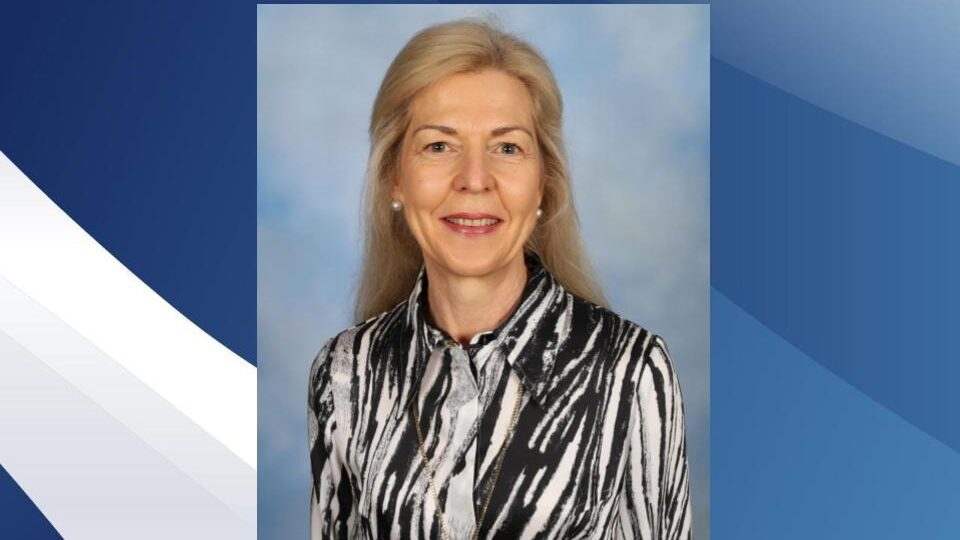
From the Principal
Welcome Back To Term 2!
I hope that students, staff and families enjoyed a happy and restful break over the Easter holiday period. I’m looking forward to the term ahead and the opportunities for students to engage and excel in the classroom as well as in all co-curricular activities. A reminder to all that the Debating and Chess season commences this week. Please enquire through Ms Rachel Colreavy (Debating) and Ms Gabby Formosa (Chess) to join and participate. These are excellent opportunities for girls of all abilities.
Staff Changes
- I would like to welcome back Ms Deb Kellert and Mrs Trish Cura who will work in a job-share in PDHPE;
- I would also like to welcome to the College community Mrs Jennifer Lee who joins the Enrichment Team as a Learning Support Teacher and Mrs Louise Scuderi who joins the Wellbeing Team as Counsellor 3 days per week.
ANZAC Day
Last Sunday, our nation stopped to both remember and commemorate all those Australians who have fallen in theatres of war or conflict for ANZAC Day. You may have risen early for a Dawn Service in your local community, or joined a smaller group this year and travelled into the city for the ANZAC Day March. You may have watched the March on TV or the Dawn Service from Martin Place. In whatever way you took part you would have seen both young and old involved. I especially noticed those veterans, women & men, now in their 90’s, who bravely marched, even under difficult circumstances.
On Monday, as a College community we came together to remember the ANZACS. Our Year 10 students led the Assembly and through the service drew our attention to particularly acknowledge the RAAF, Royal Australian Air Force for their over 100 years of service. They spoke about their service, mateship, sacrifice and courage.

In the holidays I read the book titled “Birds Without Wings”, by Louis de Bernieres. This book is set against the backdrop of the Collapsing Ottoman Empire, the Gallipoli campaign and the subsequent bitter struggle between Greeks and Turks. In a small community in south-west Anatolia, Christians and Muslims have co-existed peacefully for centuries, sharing their traditions and lives. But, when war is declared in 1914 and the outside world intrudes, the twin scourges of religion and nationalism lead to forced marches and massacres, and their peaceful fabric of life is destroyed. The novel delves into the personal and political cost of war, about love between men and women, love among friends, and between those who are driven to be enemies, thereby fracturing the special friendship between a Christian boy, Nico and a Muslim boy, Abdul. Abdul’s father was a potter and he made for the boys a bird whistle each. For his son Abdul he made a whistle that sounded like the bird Karavuk. It was blackbird with a yellow beak. For Nico, his whistle sounded like the bird called a Memchik. It was a little bird, a robin, with a red breast. The boys were so excited to receive the whistles, and from that day were known by their bird names. Karavuk would where a black shirt like the blackbird and Memchik would wear a red shirt like the robin. It was these unique bird whistles, when hearing them after eight years of separation due to the war, that would bring Nico & Abdul back together. When war was declared both boys went to join up and wanted to fight together. They were under 18 years so lied about their ages as many did at that time. However, Nico was a Christian so he was not accepted but Abdul, being Muslim was accepted in place of his father. This potential separation of the boys made them very angry but still Abdul joined and left for war. The book recounts, quite graphically at times, the harsh reality of war, of filthy conditions, severe hunger and loosing comrades. It also describes times where both sides called peace and supported each other. A passage from the book, where Abdul recalls this says:
“When they were being buried, there were sentries posted by both sides, the Franks, (Australian and New Zealanders), and the Turks, and these sentries stood at ease with bayonets fixed. The biggest Turk man was chosen to stand with the white flag, and the Franks also chose the biggest soldier. (A bit like the Aussie and Kiwi ANZACS protecting Sydney’s ANZAC bridge just a few kilometres from here). And so, two enormous giants stood peacefully there with their white flags. The flags were fixed in the ground by both sides to show how far it was permissible to go. After the Franks & the Turks had buried their dead together, they would exchange cigarettes. The Franks liked to shake hands, so the Turks had to accustom themselves to this.”
These small times of peace and compassion showed surprising mateship between enemies during such difficult times. It represents a clear message of diversity and inclusion. It is very hard to understand how they can return to the trenches and fight to kill each other again. So strong was the call to serve their country.
Many staff and students would have grandparents, mothers, fathers, uncles, aunts, brothers, sisters who served or who are serving in Australian Defence forces. Let us remember all those in our community who have lost a loved one through war and we also remember those who currently have loved ones serving in areas of conflict around the world.
Perhaps, in this week of ANZAC, we should allow the gift of those who have died, their sacrifice, to encourage us to be less fearful and more compassionate in how we are prepared to live, decide and share our lives.
My best wishes to our College community for a successful, productive and enjoyable Term 2.

Happy Mother’s Day to all Mums, Grandmothers, Aunts and female role models on Sunday, 9 May.
